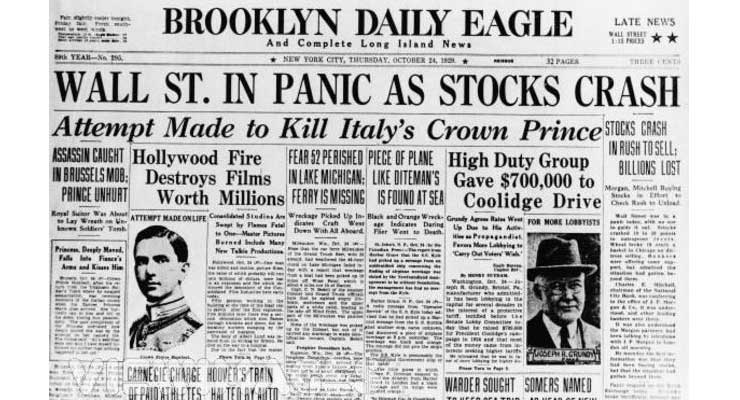
Article from Bloomberg News by Justin Fox:
Back in April, just after the Shanghai Stock Exchange Composite Index first crossed the 4,000 mark, up from 2,500 just five months before, a writer for the People’s Daily opined that any talk of a stock market bubble was absurd. “If this is considered a bubble, what kind of asset in the world is not a bubble?” Wang Ruoyu asked. The Shanghai benchmark passing 4,000 was “merely the start of the bull market.”
Now the index, after peaking at 5,166, is at 3,507 and headed seemingly inexorably downward. The number 4,000, meanwhile, has become kind of a thing in China. The “World of Chinese” website reports (with some fun screen grabs) that Chinese netizens have been spamming People’s Daily social-media accounts with the number.
So “4,000” could become the Chinese equivalent of “Dow 36,000,” after the 1999 book by James K. Glassman and Kevin A. Hassett. That didn’t hold up super well, nor did economist Irving Fisher’s infamous October 1929 pronouncement: “Stock prices have reached what looks like a permanently high plateau.”
Somehow the People’s Daily 4,000 seems both less egregious and more significant than those immortal errors. Author Wang was right that, by most measures, stocks on the Shanghai exchange weren’t obviously overvalued with the index at 4,000. Right now, the index’s price-earnings ratio is 17.9 to the S&P 500’s 18.1. That doesn’t seem egregiously bubbly.
Then again, if you can’t sell your shares when prices start to go down, maybe they’re not such great things to own. This spring’s market tear was strongly encouraged by the Chinese government, with lots of cheerleading from government-controlled media such as the People’s Daily, but also more tangible support in the form of monetary easing and the loosening of margin-lending rules. Now the government is pulling out all the stops to prevent a market crash, and so far only making things worse by spooking investors and making it harder for them to get out.
China’s leaders, then, can reasonably be held responsible for both the boom and the bust. I would guess that’s what a lot of the People’s Daily “4,000” razzing is about — a relatively gentle way for people to let the official organ of the Communist Party of China that they know what’s up.
While lots of other governments around the world have tried to halt stock-market declines in the past, with limited success, Beijing ownsthis particular stock market escapade to a unique extent. If it had just stood on the sidelines this spring as the market rose, maybe the current market decline wouldn’t seem nearly as significant. As it is, the government’s credibility is increasingly at stake.
The big question is why China’s leaders got themselves into this predicament. One possibility is that, after decades of pretty brilliant economic leadership (on balance), China’s key economic and financial institutions are now run by bumblers.
Another theory, which I mentioned earlier this week, is that the country’s leaders see its economic situation as so dire that they viewed a stock market boom as the only way out. Then there’s the explanation offered by Andrew Browne of the Wall Street Journal, which is that the government’s behavior is simply an outgrowth of the Communist Party’s long-running obsession with security and stability. Writes Browne:
Social stability has become the overriding concern of the bureaucracy. Indeed, the most critical job-performance target for local officials is to prevent social unrest from breaking out on their patches.
That still doesn’t really explain why Beijing reacted so encouragingly to the market’s steep rise — which was surely a potentially destabilizing development — but it generally rings true. For three and a half decades, this hankering for stability was compatible with the greatest economic catch-up effort ever. Growth brought dramatic change, but it could also be channeled in mostly linear, predictable directions.
Now, though, China is in the midst of shifting from emerging market to emerged one. Economic growth usually slows at that point. It also begins to follow less-straightforward patterns.
In such a transition, stock markets often come to play a bigger role in financing and steering growth. Stock markets don’t follow straightforward patterns at all. They are complex systems. Attempts to closely manage such systems often backfire — in some cases, less intervention can actually lead to more stability. I wonder if the folks who run China are capable of learning that lesson.
Leave a Reply